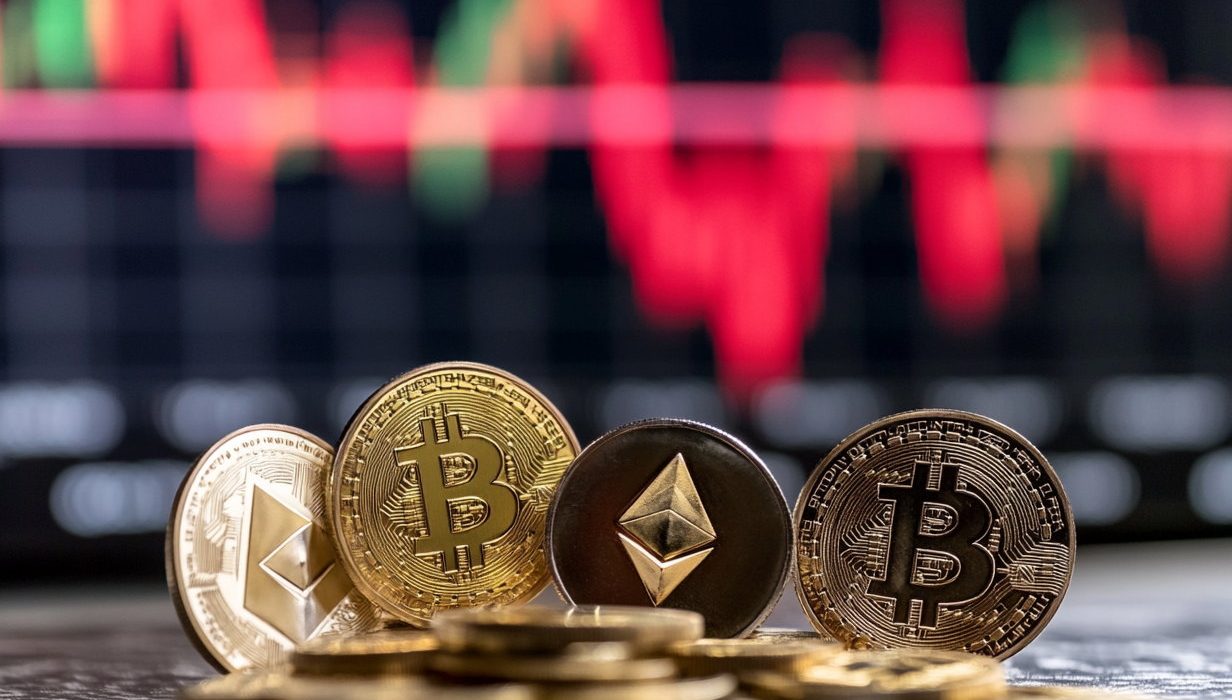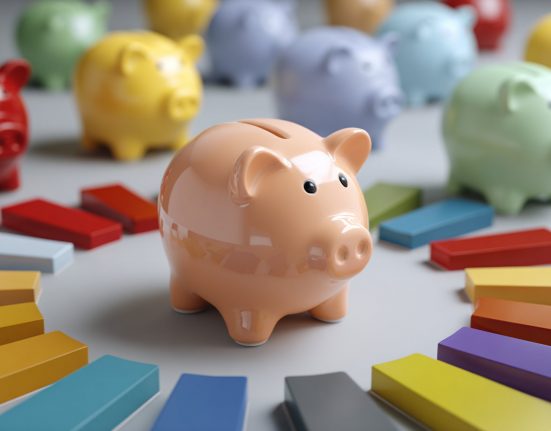Tokenization has long been a buzzword for crypto enthusiasts, who have been arguing for years that blockchain-based assets will change the underlying infrastructure of financial markets.
The technology is seen as rapidly increasing in coming years, especially in the U.S., helped by the passage of three new bills. President Donald Trump’s administration has eased regulation of the broader crypto industry, paving the way for a boom in the valuation of companies in the sector and the rapid growth of crypto-related securities.
However, the growth of the market for tokenized assets has been far slower than expected in recent years, with many projects still in their infancy or not yet live.
HOW DOES TOKENIZATION WORK?
The term “tokenization” is used in a variety of ways. But it generally refers to the process of turning financial assets – such as bank deposits, stocks, bonds, funds and even real estate – into crypto assets.
This means creating a record on digital ledger blockchain that represents the original asset. These blockchain-based assets, or “tokens”, can be held in crypto wallets and traded on blockchain, just like cryptocurrencies.
WHERE DO STABLECOINS COME IN?
Stablecoins can be seen as an example of tokenization. They are a type of cryptocurrency designed to maintain a constant value by being pegged to a real-world currency, typically the U.S. dollar. The issuer holds one U.S. dollar in reserve for every dollar-pegged crypto token it creates.
Stablecoins are blockchain-based tokens acting as a proxy for an asset that already exists outside the blockchain.
They allow people to move money across borders without interacting with the banking system. While critics say that this makes them useful for criminals who want to avoid banks’ anti-money laundering checks, stablecoin issuers say that they are a lifeline for people in countries without a developed payments system.
ARE TOKENIZED ASSETS TAKING OFF?
Yes and no. Stablecoins have grown in recent years, with the market estimated to be worth about $256 billion, according to crypto data provider CoinMarketCap, and expected to touch $2 trillion by 2028, according to Standard Chartered.
But banks have talked for years about creating tokenized versions of other types of assets, which they say will make trading more efficient, faster and cheaper, and those “tokens” have struggled to gain traction.
While there have been individual issuances, there is not a liquid secondary market for these kinds of assets.
One impediment to trading traditional assets via blockchain is that banks are working on their own private networks, making it difficult to trade across platforms.
WHAT ARE THE PROS OF TOKENIZATION?
Some proponents of the crypto industry have said tokenization can improve liquidity in the financial system. Illiquid assets like real estate could be traded more easily if they are broken up into small digital tokens.
It is also expected to improve access to asset classes that are typically out of reach of smaller investors by creating a cheaper entry point.
WHICH COMPANIES ARE INTERESTED IN TOKENIZATION?
Some major global banks, including Bank of America and Citi have said they could explore launching tokenized assets, including stablecoins.
Asset manager BlackRock is also doubling down on the tokenization boom, and has highlighted its ambition of becoming the largest cryptocurrency manager in the world by 2030.







